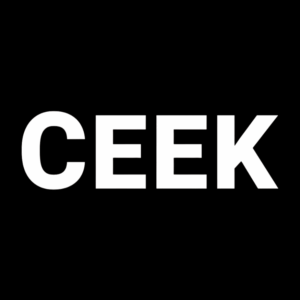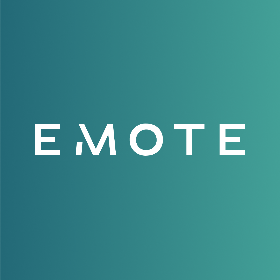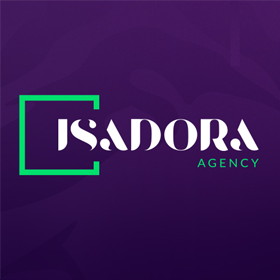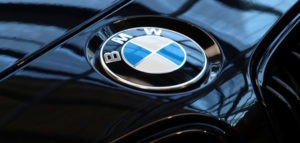
Volkswagen Marketing Strategy: Campaigns Made “The People’s Car” an Automotive Icon
Imagine a car brand that reaches nearly every corner of the globe and delivers around 6.6 million vehicles in just 9 months.
That brand is Volkswagen.
However, the Volkswagen Group isn’t merely selling vehicles; it’s selling an identity of sales over generations. It’s an empire of mobility that owns twelve brands from seven European countries,
as summarized in The SWOT and PEST analysis of the Volkswagen Group research:
Today, the Volkswagen Group owns twelve brands from seven European countries (Volkswagen Passenger Cars, Audi, SEAT, ŠKODA, Bentley, Bugatti, Lamborghini, Porsche, Ducati, Volkswagen Commercial Vehicles, Scania, MAN).
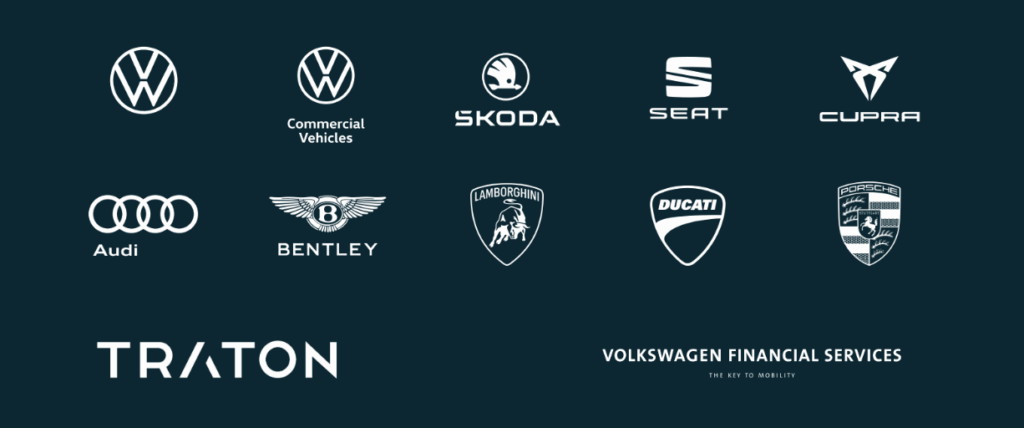
The car brand, also known as one of the companies included in Fortune 500:
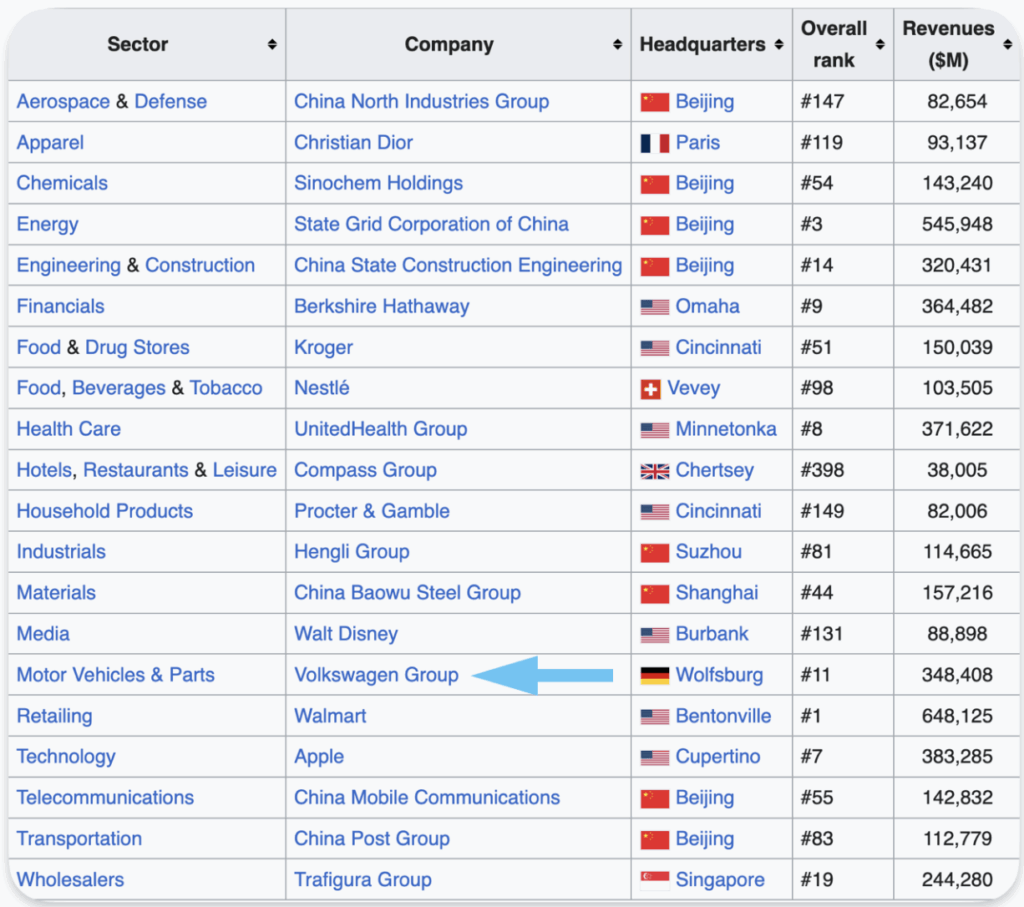
And all of that success, no doubt, has been supported by marketing efforts.
Speaking of marketing, from the nostalgic “Think Small” era to its current “Way to Zero” sustainability platform, VW has promoted itself as the people’s brand, like an approachable, trustworthy, and evolving one.
In that blog, we’ll take a look at Volkswagen’s marketing strategy and its transformation into a sustainable and software-driven mobility leader.
Inside Volkswagen Marketing
<h2 id=”vw-marketing-mix”>Marketing Mix of Volkswagen</h2>
Marketing Mix of Volkswagen
Prior to the Volkswagen marketing mix, it is useful to reference some recent industry data to frame the context in which Volkswagen is operating. According to Simon‑Kucher & Partners’ Global Automotive Study 2025, which surveyed 6,780 new-car buyers in 20 markets:
- 46 % of respondents expect their purchasing power to decrease.

- 66% agree that electric vehicles (a.k.a. EVs) are the future of mobility.
- Dealerships remain highly important in the purchase journey: 82% rate the dealership channel strongly, compared with 54% for AI virtual-sales advisors.
These data point to a market where cost sensitivity, transition to EVs, and purchase decisions based on eco-consciousness remain significant. In that environment, Volkswagen’s marketing strategy must align accordingly. And the brand has nailed it for years.
So, what makes a car brand like Volkswagen resonate across generations? Or, why does a model as old as the Volkswagen Beetle still appear in the textbooks of branding for automotive decades after its debut? To answer those questions, we need to look closely at how VW’s marketing mix works together to shape one of the most trusted identities in global automotive marketing.
Product: Manufacturing Cars People Remember
The Volkswagen marketing philosophy has always been about creating vehicles that are well-engineered and emotionally resonant at the same time.
In other words, Volkswagen’s product strategy focuses on balance; between innovation and familiarity, aspiration and accessibility. The lineup spans compact city cars like the Polo, family favorites like the Tiguan, and the forward-looking electric ID. Series.

Source: Volkswagen Instagram Account
Each model is part of a system built around modular engineering and shares the same core design: clean lines, quality materials, and German precision.
Place: Where Volkswagen Meets Its Customers
Marketers are aware that there is an increase in digital sales in the automotive sector. However, Volkswagen’s distribution system integrates online and in-store sales seamlessly.
The brand has more than 10,000 dealerships worldwide, and digital configurators, virtual test drives, and online purchase options sit alongside traditional dealer interactions. VW’s “One Digital Platform” connects the two, so a customer browsing an ID.4 online can transition to an in-person consultation without losing context.
Source: Volkswagen-newsroom.com
This omnichannel approach matters because it mirrors how people actually shop today: we research online, but we commit offline. VW’s strength lies in giving customers both choices.
Promotion: The Human Side of Engineering
Let’s be honest: Few automotive marketing campaigns have mastered storytelling like Volkswagen’s ads.
Do you remember the first time you saw the “Think Small” ad? Its charm was that it didn’t sell; it actually spoke. And that tone still defines Volkswagen marketing today.
The brand’s advertising continues to mix emotion with simplicity. From the Beetle’s classic campaigns to the ID.4’s sustainability-focused storytelling; it is possible to say that the car brand knows that the most persuasive messages don’t shout.
Across social media, YouTube, and immersive AR experiences, VW engages audiences via creative narratives around accessible innovation and environmental responsibility.
Take its electric-vehicle campaigns as an example; the car brand rarely leads with specs or technology. Instead, it asks, “How does this car make your everyday life better?” That emotional relevance is what keeps people loyal.
What’s more, Volkswagen strengthens its presence through sports sponsorships like UEFA football and CSR, mostly on renewable energy and carbon-neutral production. Each touchpoint reinforces the message that Volkswagen is participating in a more sustainable and human future while supporting diversity. Look at its ad about UEFA Women’s EURO 2022:
Price: Value Without Compromise
Here’s a question we all ask:
What makes a car feel worth its price? For Volkswagen, the answer is delivering the craftsmanship of a premium brand but making it reachable for the everyday driver.
Volkswagen’s pricing approach is built around value perception.
In markets such as India or Brazil, prices are positioned to attract new customers entering the compact-car category. In Europe or North America, where VW carries a semi-premium aura, prices reflect German engineering and advanced safety standards.
Think of it as a scale: at one end, accessibility; at the other, aspiration. VW calibrates pricing carefully across models, offering an entry point with the Polo, professional practicality with the Passat, and luxury with the Touareg or ID.7.
Even psychological pricing plays a role. You’ll notice many Volkswagen models are priced just under key thresholds (€29,990, not €30,000), a subtle but effective move that signals affordability.
Add in loyalty programs, financing plans, and local tax adjustments, and Volkswagen manages to keep its global consistency while feeling personal in each market.
Volkswagen Marketing Strategy: Brand Positioning & Market Target
Remember the emissions scandal in 2015?
How does a brand recover from that kind of crisis and still manage to remain one of the world’s most trusted automotive names? That question is about Volkswagen’s marketing strategy.
Since 2015, VW has re-engineered cars and its brand story. It is kind of shifting from damage control to a purposeful repositioning built on transparency, sustainability, and emotional reconnection.
For decades, Volkswagen’s brand identity rested on “German engineering you can trust.” However, over time, the brand needed to evolve by reframing its heritage for a new era of accountability.
The research titled Evaluating the Marketing Communication Strategy of Volkswagen in Post-Crisis Period: Application of Image Repair Theory highlights that VW’s post-crisis communications moved toward values-based branding. It means placing ethical responsibility, sustainability, and innovation at the heart of its message.
Two weeks later (the scandal), VW initiated a marketing campaign entitled “We have broken the most important part of our cars: Your trust”. This campaign mainly targeted at customers, because they had started to question what will happen to their cars and what would be the resale value. This campaign included many marketing activities i.e., social media posts, YouTube videos, TV advertisements, and the redevelopment of showrooms and services. The main purpose was to reduce the negative impact by admitting the company’s mistake and by offering solutions, such as the website link which any owner of a VW car could access in order to check whether his/her car had the defective part.
So, it’s also possible to say that Volkswagen’s branding covers a great image repair strategy.
You might ask: Who exactly is VW talking to now? In other words, what’s the target market for Volkswagen?
Volkswagen’s market targeting strategy blends mass-market inclusivity with a focus on future-oriented audiences:
👉🏻Young professionals and families seeking environmentally conscious mobility solutions. VW’s electric lineup, digital experiences, and minimalistic design language directly appeal to this group.
👉🏻Middle-income buyers who value dependability and cost efficiency. The Golf, Tiguan, and T-Cross remain tailored to them through balanced pricing and performance.
👉🏻The “ID.” customers who are open to EVs and appreciate innovation.
👉🏻A legacy group tied to VW through nostalgia and emotional heritage, often associated with models like the Beetle or the Transporter. Marketing to this audience continues through storytelling and brand heritage campaigns.
SWOT Analysis of Volkswagen
As marketers already know, a SWOT analysis is a valuable tool. It highlights where the brand stands strong, where it faces risks, and how marketers (especially those in automotive marketing agencies) can interpret these insights to shape effective campaigns or partnerships.
🦾Strengths 🦾
- Volkswagen operates in over 150 countries with production facilities in more than 30, giving it one of the most extensive global footprints in the industry. This means:
⚡️Responding quickly to regional demands,
⚡️Adapting pricing strategies
⚡️Balancing market volatility.
- Under the Volkswagen Group, the company manages multiple leading brands, including Audi, Porsche, Lamborghini, Bentley, and Škoda, as we mentioned above. This multi-brand ecosystem means reaching diverse segments, from mass-market buyers to high-net-worth customers interested in marketing for luxury cars.
- VW’s “ID.” series (ID.3, ID.4, ID.7, and ID. Buzz) represents one of the most ambitious EV transformations among legacy automakers. The company’s €180 billion investment plan in electrification and software through 2027 strengthens its innovation credentials and competitive edge.
- The previously mentioned German engineering heritage continues to resonate with consumers. Reliability, safety, and design consistency reinforce Volkswagen’s value proposition across both traditional and emerging markets.
👀Weaknesses 👀
- Although the car brand has made significant progress since the 2015 emissions crisis (we mentioned above), rebuilding absolute consumer trust remains ongoing. So, transparency in sustainability practices and communication continues to be a focus area.
- Managing numerous sub-brands (including Audi, Porsche, Lamborghini, Bentley, and Škoda) across regions can lead to strategic overlap, slower decision-making, and internal competition for innovation and investment resources.
- Heavy investment in EV infrastructure, digital transformation, and sustainability initiatives affects short-term profitability. Balancing implementing the newest tech with affordability remains a core challenge.
- Despite global dominance, Volkswagen’s market share in the U.S. lags behind competitors like Toyota, Ford, and Tesla. Due to its limited SUV options in earlier years and brand perception barriers post-crisis.
🥳Opportunities 🥳
- Global demand for EVs is accelerating, and Volkswagen’s ID. Series positions itself strongly to compete with Tesla and BYD. The company’s vision of becoming fully carbon-neutral by 2050 aligns with growing consumer interest in sustainability.
- The well-known car brand is actively investing in AI-driven vehicle systems and connected-car platforms, as we can see in its releases. These investments offer new opportunities for brand storytelling around intelligence, personalization, and convenience.
- Regions such as India, Southeast Asia, and Africa present major opportunities for the brand to expand with locally adapted models and affordable vehicles.
- The rise of online car buying, virtual showrooms, and immersive AR experiences allows Volkswagen to create personalized, omnichannel customer journeys.
👾Threats 👾
- The global automotive market is increasingly crowded with traditional rivals (Toyota, GM, Hyundai) and new EV entrants (Tesla, Rivian, BYD). So, Volkswagen faces intense pricing and tech pressure in both combustion and EV categories.
- Inflation, material shortages, and fluctuating energy prices (especially after the pandemic) can affect manufacturing costs and consumer spending, especially in entry and mid-level segments.
- Stricter emissions standards in the EU, U.S., and China require continuous adaptation. Compliance costs and penalties remain risks if timelines fall short.
- The fast evolution of battery technology and AI systems may outpace VW’s in-house development cycles, creating reliance on partnerships and potential competitive gaps.
As a summary, according to the research titled Swot and Pest Analysis of the Volkswagen Group, the well-known car brand has these strengths, weaknesses, opportunities, and threats:
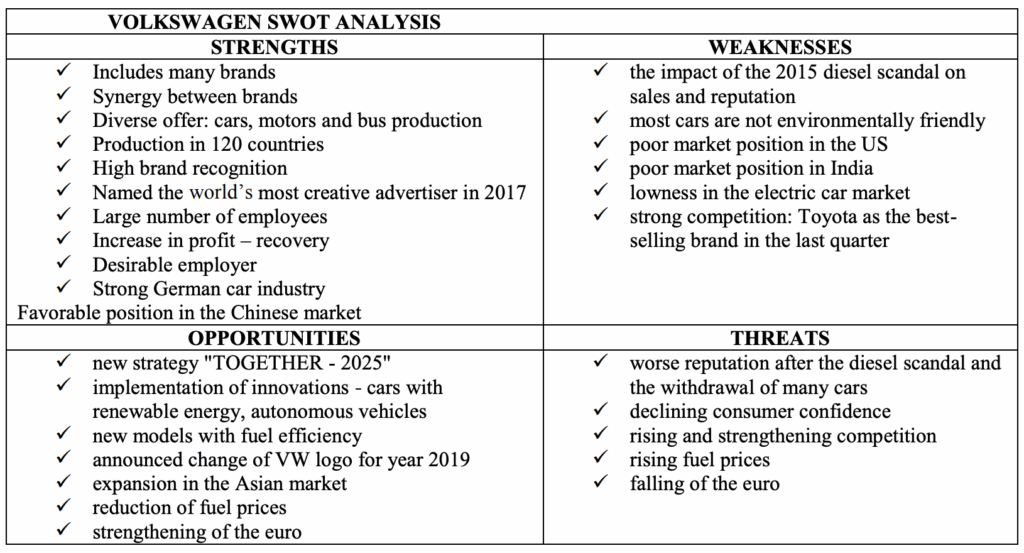
Regarding the threats, the research “VOLKSWAGEN – AN EMERGING BOOMER THROUGH ITS SWOT” says that new-age options and brands will impact Volkswagen’s market share:
As we all know, Hyundai is in competition with Toyota, Ford, and Nissan, and new automakers like Tesla and Zorya are gaining market share in Volkswagen’s electric and well-liked sports cars. Volkswagen sees growing competition ahead as revenue jumps on Europe, US- as the headline reads.
Market Segmentation of Volkswagen
When we look at Volkswagen’s marketing approach, one thing becomes clear: Volkswagen builds its brand on versatility. The brand focuses on appealing to a global audience while tailoring its offerings to local needs, lifestyles, and values.
And, yes, market segmentation plays a critical role in achieving that balance. It helps the brand position each model with a specific audience in mind. It means using differentiated messages and pricing strategies that reflect rational plus emotional triggers.
Above, in the market target section, we mentioned psychographic segmentation: values and lifestyles. In this section, we’ll look at demographic and geographic segmentation for Volkswagen.
Demographic Segmentation: Age, Income, and Family Life Stage
- Younger professionals (25–35 years): Models such as the Polo and T-Roc are designed for young professionals seeking reliable, stylish, plus affordable cars.
- Families (30–45 years): Models like the Tiguan, Passat, and Taigo cater to this audience. The messaging for this group focuses on safety, space, comfort, and long-term reliability.
- Affluent buyers (35+ years): For that segmentation, the brand offers premium models like the Touareg and Arteon, often positioned as “accessible luxury.”
Geographic Segmentation: Global Reach, Local Relevance
- Europe: VW’s home market values efficiency, design, and environmental responsibility. Campaigns here highlight German engineering, sustainability, and electric mobility, especially through the ID.3 and ID.4 lines.
- Asia (China and India): In China, VW focuses on digital innovation & tech, in-car connectivity, and EV adoption. In India, the emphasis shifts to fuel efficiency, affordability, and local manufacturing.
- North America: The messaging here focuses on performance, comfort, and safety. SUVs like the Atlas and Tiguan are promoted as family-oriented vehicles with high reliability and European craftsmanship.
- Emerging Markets (Africa, South America): Price-sensitive markets here see VW introducing models adapted to local road conditions, lower maintenance costs, and accessible financing.
Before closing that section, let’s talk about the Beetle Legacy shortly.
As we stated before, marketing strategy revolves around broad segmentation, global footprint, and layered brand positioning. However, the Beetle played a distinctive role in VW’s brand evolution. Take the “Drivers Wanted” campaign as an example. That campaign for the New Beetle aimed to reposition the model from its historical past into a design-forward, youthful vehicle.
Digital Marketing Strategy of Volkswagen
In recent years, the marketing strategy Volkswagen has adopted goes far beyond selling cars.
The marketing strategy of the brand turned into something about creating digital experiences that merge technology, storytelling, and purpose.
Actually, Volkswagen’s marketing has always been about emotion before technology. From the timeless “Think Small” campaign in the 1960s to its “Drive Bigger” ad, Volkswagen marketing is built on stories that connect human experiences to mobility.
But now, storytelling lives via new platforms: UX-friendly & interactive websites, AR test drives, virtual showrooms, and personalized digital content powered by data. The Volkswagen ecosystem, for instance, allows customers to customize vehicles, compare models, and explore EV tech, all while tracking digital behavior to offer follow-ups.
Speaking of personalized content, via advanced analytics and CRM integration, Volkswagen segments its audience into micro-profiles based on interests, browsing behavior, and purchase intent. Customers interacting with the Volkswagen marketing campaign for the ID.4, for example, are retargeted with EV-related content, charging network information, or financing options depending on their previous interactions.
That data-driven approach is not limited to CRM. Volkswagen’s marketing campaigns are continuously tested and optimized using A/B frameworks. In doing so, Volkswagen ensures that its global campaigns maintain local resonance.
Regarding the digital marketing of Volkswagen, we also know that the car brand heavily invests in sustainability content. As marketers are already aware, modern audiences expect brands to take a stand, and Volkswagen’s digital marketing reflects that expectation through its “Way to Zero” campaign.
On the campaign that aims at achieving carbon neutrality by 2050, the Executive and former chief operating officer of Volkswagen Passenger Cars, Ralf Brandstätter, stated:
The ‘Way to Zero’ is our roadmap for effective climate protection, with clear and ambitious milestones. We live up to our responsibility for the environment. The ‘Way to Zero’ will provide us with a real competitive advantage. In the future, employees, customers, and investors will give preference to those companies which place their social and environmental responsibility at the heart of their business. Sustainability will thus become a crucial factor in corporate success.
You can see the brand’s sustainability content everywhere; across web, video, and social media channels. Interactive dashboards, short documentaries, and community partnerships invite audiences to see themselves as part of the transformation.
No doubt, this purpose-driven content strengthens brand trust and emotional equity, with broader global trends where purpose and performance coexist.
So, while Volkswagen’s digital marketing is powerful on its own, what makes it remarkable is how seamlessly it integrates with the physical experience. Volkswagen connects online and offline customer journeys. Consumers can begin configuring a car on their smartphone, book a test drive through a chatbot, and complete the purchase at a dealership.

Source: https://www.vw.com/en/carefree-shopping.html
And, what about Volkswagen’s social media strategy?
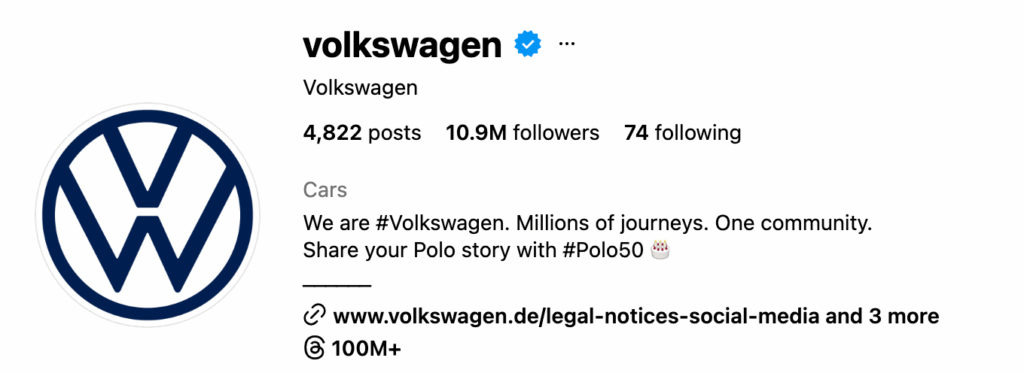
Social media is where Volkswagen’s digital personality shines.
Unlike many automotive brands that focus purely on product showcases, Volkswagen social media marketing focuses on daily life, creativity, and humor to build a sense of community around its vehicles (except its luxury models).
On its Instagram, TikTok, YouTube, and X platforms, the car brand talks in an approachable, human tone. That approach makes it a brand that understands how people live, laugh, and move through their day.
For instance, Volkswagen’s Instagram feed feels more like a lifestyle magazine than a product catalog. The brand’s recent posts show playful, artistic imagery of its vehicles framed against minimal, color-rich backdrops.
Volkswagen’s TikTok presence takes a lighter approach. Videos like the following one are seen millions of times:
On each platform, Volkswagen also collaborates with contemporary artists, photographers, movie characters, or musicians to reinterpret its models through creative lenses.
These collaborations, from fashion photographers to muralists, help VW redefine what automotive storytelling can look like online.
In addition to that, the brand often works with sustainability advocates, design creators, and lifestyle influencers who represent the values of innovation, responsibility, and optimism.
Last but not least, Volkswagen invites its followers & prospects to join the conversation on social media. Hashtag campaigns like #VWIDChallenge and #WayToZero allow users to share their experiences with VW cars and eco-conscious driving. The brand features user-generated content on its global feeds, showing real people living with vehicles.
FAQ about Volkswagen Marketing Strategy
1. What makes the marketing strategy Volkswagen stand out from other automakers?
The marketing strategy of Volkswagen stands out because it integrates storytelling with operational credibility. While the brand continues to stabilize existing IT systems and boost efficiency internally, its marketing focus remains outwardly human and purpose-driven. In other words, Volkswagen highlights its tech capabilities not through technical jargon but through relatable narratives that connect mobility to everyday life. At the end of the day, combining digital with emotions and authenticity helps Volkswagen maintain long-term loyalty.
2. How did the Volkswagen Beetle marketing campaign become a timeless case study in advertising?
The Volkswagen Beetle marketing campaign remains one of the most influential case studies in advertising since it redefined how brands communicate honesty and simplicity. Remember iconic “Think Small” ads by Doyle Dane Bernbach? The campaign’s legacy continues in how Volkswagen manages its global storytelling, pairing its creative strength with operational consistency across customer segments, from individual buyers to corporate fleets. The result is a marketing tradition that inspires trust while reinforcing the proportion of genuine part quality, qualified technical service, and long-term maintenance contracts customers associate with the brand.
3. What is the market segmentation of Volkswagen?
As we stated above, Volkswagen’s market segmentation reflects its understanding of diverse global customer segments. Demographically, it serves a wide spectrum, from young professionals entering the market with the Polo, to families choosing SUVs like the Tiguan, to corporate clients managing fleet contracts. Geographically, the company adapts its offerings through localized production. It differentiates by ensuring that every customer touchpoint emphasizes quality and care; supported by the proportion of genuine part quality, qualified technical service, and long-term maintenance contracts that underpin brand reliability. This segmentation is also about maintaining trust, which is why fleet customers’ confidence in the group remains at a high level across markets.
4. Who is the target market for Volkswagen?
The short answer is, Volkswagen’s target market includes middle- and upper-middle-income individuals, families, and fleet buyers. Unlike brands that rely solely on price or luxury, the car brand’s audience values sustainability, durability, and smart engineering (German engineering). The brand’s ability to stabilize existing IT systems and boost efficiency enhances customer experience, particularly for corporate clients who expect digital integration and streamlined service.
5. How does Volkswagen positioning differentiate the brand from competitors?
Volkswagen’s brand positioning, saying “accessible innovation built around people” differentiates it from competitors by bridging the gap between mass-market practicality and premium refinement. While brands like Toyota emphasize efficiency and BMW champions performance, Volkswagen sits confidently in the middle, blending precision engineering with emotional storytelling. The brand’s identity revolves around trust, design simplicity, and authenticity, underpinned by German engineering heritage.




